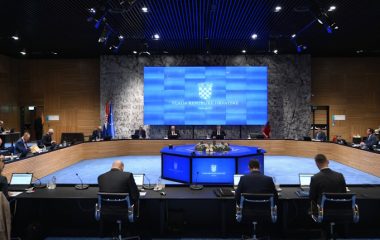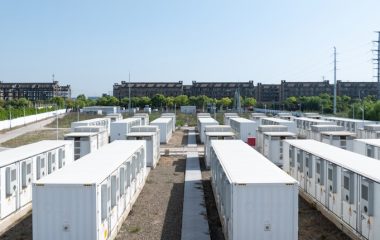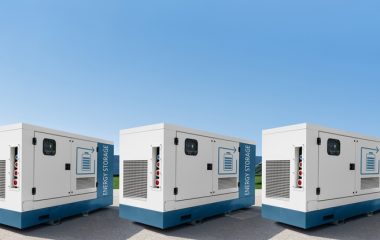
USAID Macedonia Clean Energy Investment Project, together with the Winrock’s Ecosystem Services Unit experts in geographic information systems (GIS) and remote sensing (RS), organized specialized training through series of workshops on application of GIS and RS techniques in the forestry sector to improve national capacities for calculating reliable and up-to-date information on land changes. The capacity building effort included organization of a two-day workshop in February and a series of five training sessions, from December to February, for representatives of the Ministry of Agriculture, Forestry and Water Economy, the Faculty of Forestry and public enterprise Macedonian Forests.
Monitoring of forest cover and forest functions provides information necessary to support policies and decisions to conserve, protect and sustainably manage forests. Reliable and accurate information on land areas and area changes are also critical to developing inventories that are consistent with good practices defined in the Intergovernmental Panel on Climate Change guidelines. Quantification and monitoring of biomass, due to its importance as a renewable energy source, is a challenging task, especially in cases when up-to-date information is limited. To efficiently and effectively use biomass as a renewable energy source it is important to have reliable quantitative and qualitative data. RS and GIS offer the technology to enable assessment of biomass at a low cost, and represent a cost-effective tool for greenhouse gas inventories.
“This training enabled access to the latest international developments and trends in the RS and GIS techniques that will, in great extent, help me in my academic work and research related to possibilities for the utilization of forest biomass as renewable energy source in a sustainable manner,” said Ivan Mincev, assistant professor at the Forestry Faculty.
Macedonian Forests manages state-owned forests and provides the fuelwood for households. Participants from the enterprise said the activity opened a brand new horizon to application of these techniques that will enable them to better plan and manage the forest biomass, and to assess the full potential of it as a renewable energy source.








